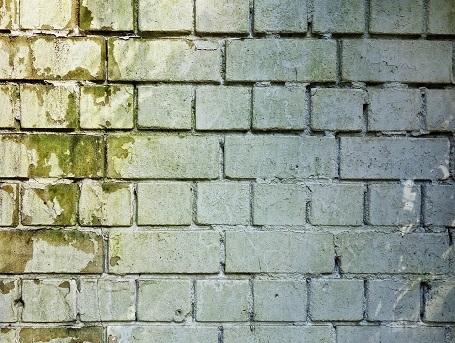Effective Strategies for Mold Prevention and Remediation in Homes
 Key Takeaways
Key Takeaways
* Prevention requires an understanding of the factors that contribute to mold growth.
* Mold infestation risk can be considerably decreased with routine home upkeep.
* Professional remediation services offer reliable solutions for persistent mold issues.
* Adopting best practices in mold prevention ensures a healthier living environment.
What Causes Mold Growth in Homes?
Mold is a common household issue, primarily springing from environments with high moisture. Understanding the root causes of mold proliferation is fundamental to successfully tackling it. Homes suffering from inadequate ventilation, continuous water exposure, or high ambient humidity create the perfect breeding grounds for mold. These factors invite mold, expedite its spread, and encourage significant damage if left unchecked. Successful mold removal considers these conditions and adopts a comprehensive approach to rectify them.
Key mold-prone areas such as bathrooms, basements, and kitchens are sites of frequent moisture exposure, making them hotspots that facilitate mold growth. These areas often suffer from conditions conducive to mold spore proliferation, including condensation and leaks. Recognizing these problem zones and employing proactive strategies contribute substantially to mold prevention. For an extensive understanding of mold and its impacts, leveraging resources like the Environmental Protection Agency’s guide on mold provides valuable insights.
Simple Steps to Prevent Mold Infestation
Your first line of defense against mold should be ensuring adequate ventilation throughout your home. Efficient airflow dramatically reduces the likelihood of mold growth in typically damp areas such as bathrooms and kitchens. Regular HVAC maintenance plays a pivotal role here, as it helps to prevent mold spores from circulating and settling indoors. Monitoring humidity levels is equally important, with most experts recommending maintaining the indoor relative humidity within 30% to 50% for optimal outcomes.
In addition to managing airflow and humidity, mold-resistant paints and building materials fortify your home’s defenses against mold. These products are designed to deter molds and are especially advantageous in rooms that frequently experience high humidity levels.
Regular Home Inspections: A Key to Mold Prevention
Conducting thorough and regular home inspections is critical in preemptively identifying and rectifying mold problems. These inspections should focus on areas more vulnerable to dampness, such as basements, attics, and bathrooms. Promptly addressing and fixing leaks or any form of water damage is crucial in averting potential mold infestations. A seemingly insignificant leak, if ignored, can quickly escalate into a severe mold outbreak, necessitating more extensive remediation efforts.
Professional Mold Remediation Services: What to Expect
Professional Mold Removal services are highly advisable when dealing with extensive mold issues. A reputable remediation company will employ a structured process consisting of a detailed inspection, containment measures to prevent spore spreading, air filtration, thorough cleaning, and restoration work to ensure the affected area is mold-free and safe. It’s essential to evaluate potential companies, checking for industry certifications and customer reviews to guarantee the quality and reliability of their services.
Health Risks Associated With Mold Exposure
Mold exposure has been associated with various health issues, primarily affecting the respiratory system. It can trigger mild symptoms such as sneezing, itchy skin, and a runny nose, especially in individuals with mold allergies. In more severe cases, prolonged exposure may lead to serious respiratory conditions and exacerbate existing health problems, such as asthma. Populations with weakened immune systems are particularly vulnerable and should take extra precautions to avoid exposure.
Creating and Maintaining a Mold-Free Environment
Prevention remains the most effective strategy for maintaining a mold-free home. Consider incorporating mold-resistant materials during building or renovation projects, particularly in areas like kitchens, bathrooms, and basements prone to high moisture. Employ comprehensive ventilation strategies and tools like dehumidifiers to regulate indoor humidity levels consistently.
Myths and Facts About Mold
Numerous misconceptions about mold lead homeowners to underestimate its potential impact. A common myth is that mold can only thrive in warm, humid climates; it can grow just as quickly in winter, provided sufficient moisture. Additionally, many believe bleach can effectively eradicate mold, but it only removes surface-level mold while leaving behind the underlying roots, leading to re-growth.
Mold Legislation and Your Rights as a Homeowner
Understanding mold-related legislation empowers homeowners and renters alike. While regulations vary across regions, many areas obligate landlords to address mold problems in rental properties swiftly. As a tenant, knowing your rights concerning landlord responsibilities regarding mold issues can ensure prompt and appropriate action, contributing to maintaining a safe and healthy living environment.